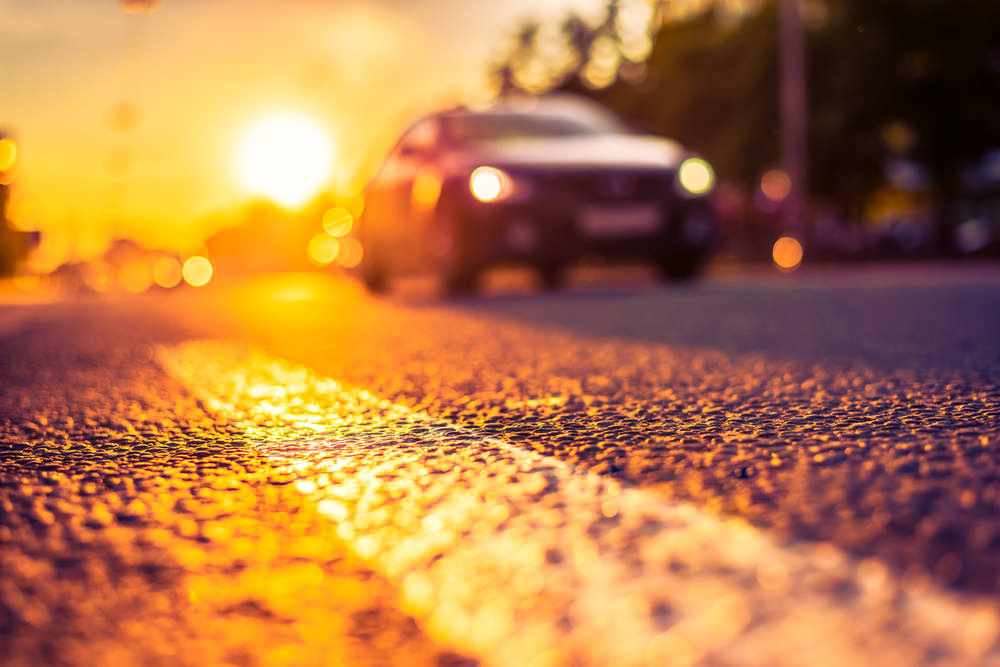

Once upon a time, the average vehicle only had a handful of lights – headlights, taillights, brake lights, reverse lights and turn signals. Today, there are others, including fog lights and daytime running lights (DRL). Read on to find out what daytime running lights are and what they're used for.
Safety
The primary purpose of daytime running lights is to increase visibility and enhance safety for both you and your passengers, and other people on the road. While visibility is fine during the day when the sun is high in the sky, that’s not the case at all times. The hours just after sunrise and just before sunset are the most dangerous – thus the term “sunshine slowdown” that’s become such a central part of your morning traffic report. Daytime running lights simply make it easier for others to see your vehicle in conditions where sunlight might be partially obstructing their view.
What are Daytime Running Lights?
Depending on your make and model, your daytime running lights can take many different forms. Some cars don’t have them even now, but many do. They can include:
- Your parking lights
- LED lights surrounding your headlights and taillights
How do they work?
Daylight running lights are very simple to operate – you don’t have to do anything. They’re designed to turn on when your engine cranks, and turn off when you shut the engine down. That’s all there is to it. You don’t have to manually turn them on and off. Note that daytime running lights should not be confused with auto headlights, which turn on by themselves when the level of light drops to a certain point.



